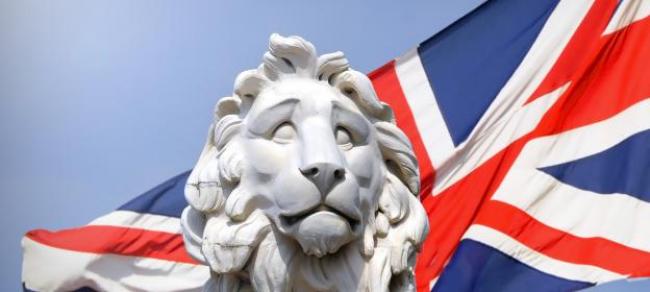FAMILY BUSINESS
Lessons from the UK’s oldest privately owned bank, which has been in the same family for more than 300 years.
In family businesses, family assets are the unique and often intangible contributions that only families can bring to their firms and are essential to their identities. Long-lived family firms always need to identify and develop those unique family assets that have been sustained and enhanced by each generation of the family. These assets can take many different forms, such as the name of the firm, its reputation, the history of the family and the business, the mission and its unique business philosophy, the values that drive the family in their business dealings, and the rich network of business and political ties developed over multiple generations. A key feature of family firms – and a requirement for their sustainability – is that their contributions are linked to strategy-making. If assets are not present at the operational level, they cannot be efficiently leveraged to create a clear vision for the future. In addition, the unique assets that families deliver can enhance the identity and brand awareness of their firms in the eyes of next generation family members who may be interested in joining the family firm. Non-family employees are also motivated by the spirt of working for a firm that has a strong sense of identity and traditions. However, as these firms develop and grow over time, family assets can be lost on the growing number of family members and stakeholders, especially if no long-term planning of this special type of asset management has been initiated by the founders or developed by second- or third-generation owner-managers. More than anything, owner-managers should engage in a continuous process of re-defining their family assets in order to profitably include them at the level of firm strategy and vision. To develop long-term planning, owner-managers can focus on three key variables:- Identify the critical family assets and how these can be exploited in the current business environment.
- Understand the extent to which family assets are transferable to the next generation, to outside managers or to new owners.
- Organise the leadership and management of the firm in such a way that family assets add value to the business strategy.
Morten Bennedsen is the André and Rosalie Hoffmann Chaired Professor of Family Enterprise at INSEAD and Academic Director of the Wendel International Centre for Family Enterprise. He is a contributing faculty member to the INSEAD Corporate Governance Centre and is co-author of the book The Family Business Map: Assets and Roadblocks in Long-Term Planning (Palgrave Macmillan 2014).
Brian Henry is an INSEAD Research Fellow.
This article is republished courtesy of INSEAD Knowledge. Copyright INSEAD 2018.
This article is republished courtesy of INSEAD Knowledge. Copyright INSEAD 2018.
